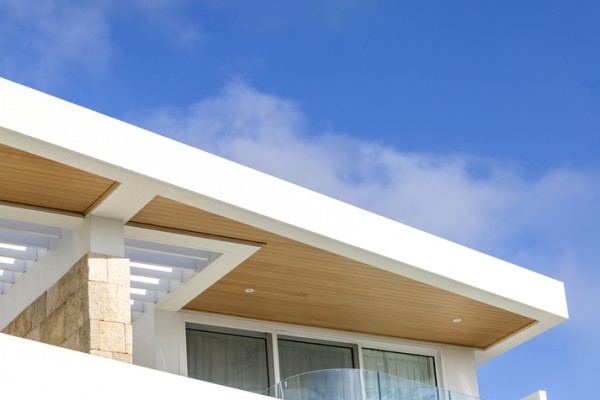
Windows are often one of the greatest contributors to energy loss in Australian homes. Choosing the right energy-efficient window solution can reduce heating and cooling demand, improve indoor comfort and help meet modern energy standards.
Why energy-efficient windows matter
While windows provide essential light, ventilation and a visual connection to the outdoors, they are also a major source of:
- Heat gain in summer (from solar radiation)
- Heat loss in winter (through conduction and air leakage)
With modern building codes such as the National Construction Code (NCC) 2022 and the 7-star NatHERS requirement, it’s essential that windows are specified to minimise thermal bridging, control solar gain, and maintain airtightness.
Framing materials and thermal breaks
Window frame materials play a major role in thermal performance:
- Aluminium (non-thermally broken) conducts heat easily and typically has poor insulation.
- Thermally broken aluminium, uPVC, timber and fibreglass frames reduce heat transfer significantly.
- Look for frames certified to meet thermal performance standards and that feature polyamide thermal breaks where applicable.
Glazing options and performance ratings
Choose glazing based on your local climate and home orientation. Important performance metrics include:
- U-value: Lower U-values = better insulation (ideal < 2.0 W/m².K for colder climates).
- Solar Heat Gain Coefficient (SHGC): Controls how much solar radiation enters your home. Higher SHGC is better in cold climates; lower SHGC is ideal for warm zones.
- Visible Light Transmission (VLT): Impacts natural light and glare.
Glazing options to consider:
- Double glazing (insulated glass units)
- Low-e coatings to reflect radiant heat
- Laminated and toned glass for glare and noise reduction
Ensure all windows are certified under the Window Energy Rating Scheme (WERS) or AFRC.
Compliance requirements under NCC 2022
Energy-efficient windows are essential to achieving compliance with:
- 7-star NatHERS rating for new homes
- AS 2047 (mandatory performance testing)
- AS 1288 (glass safety and installation)
Labelled performance ratings are required and must remain permanently affixed to window units.
Airtightness and condensation control
Modern window systems must also manage:
- Air infiltration: Hinged windows typically outperform sliding styles
- Condensation risk: Use of vapour-permeable sarking, breathable wraps and controlled ventilation is essential to avoid moisture build-up around window frames
Suggested diagrams and illustrations
- Frame cross-section diagrams showing thermal breaks and frame materials
- U-value and SHGC comparison chart by window type and glazing
- Condensation control illustration highlighting ventilation and sarking integration
- Window label example showing compliance data (U-value, SHGC, VLT)
Energy-efficient windows are one of the most impactful design choices in new builds and renovations. By selecting the right frame and glazing combination, you can significantly reduce energy bills, improve comfort and contribute to a more sustainable home.





